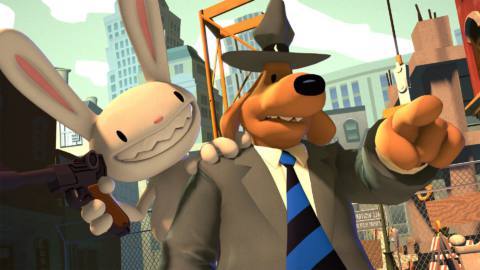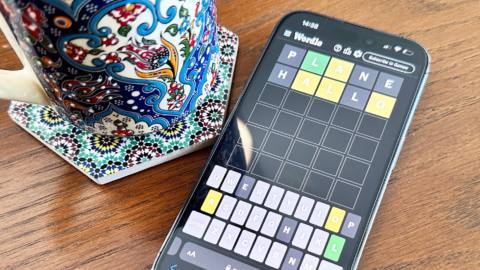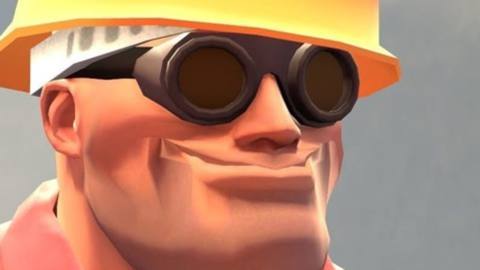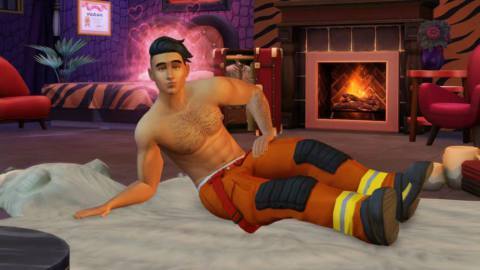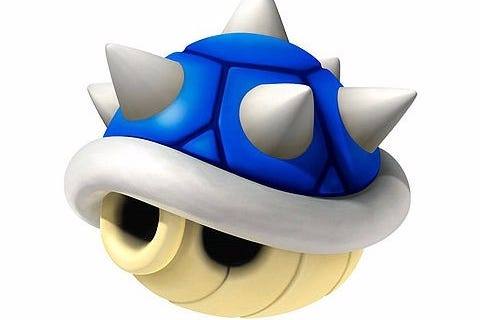
Mario Kart’s Blue Shell (officially, the Spiny Shell) is one of the most iconic items in video game history. It’s also one of the most controversial. A mainstay of the series since Mario Kart 64, the Blue Shell is a laser-guided missile targeted at the player in first place. It is near-unavoidable, and completely unavoidable in older games. Every Mario Kart player knows the feeling of dread – and childlike injustice – that accompanies the Blue Shell’s sudden, high-pitched siren whine, announcing an unceremonious end to your pleasant race lead. But a research project at Queen’s University Belfast has asked a fascinating question about the Blue Shell: does it even work?
Of course, the Blue Shell works in a literal sense – it blows up first place’s hopes and dreams with depressing accuracy. The question is whether it does what it’s designed to do, and what people believe it does. And if it doesn’t, then why is it such a core part of the game?
The Blue Shell’s fame can disguise its unusual status in gaming: it’s surprisingly rare for items in competitive multiplayer to specifically target the leader, let alone to incapacitate them for multiple seconds. “Isn’t it […] a little bit unfair?” Kotaku sceptically asked Hideki Konno, ‘the man behind Mario Kart’, back in 2011. Now, one answer would be that it doesn’t have to be fair: ‘unfair’ game mechanics are deeply important to how many games function. Overly hard bosses, unforeseeable traps, and harsh punishments can help build a world, give a game a sense of risk and difficulty, and shape player responsiveness.

